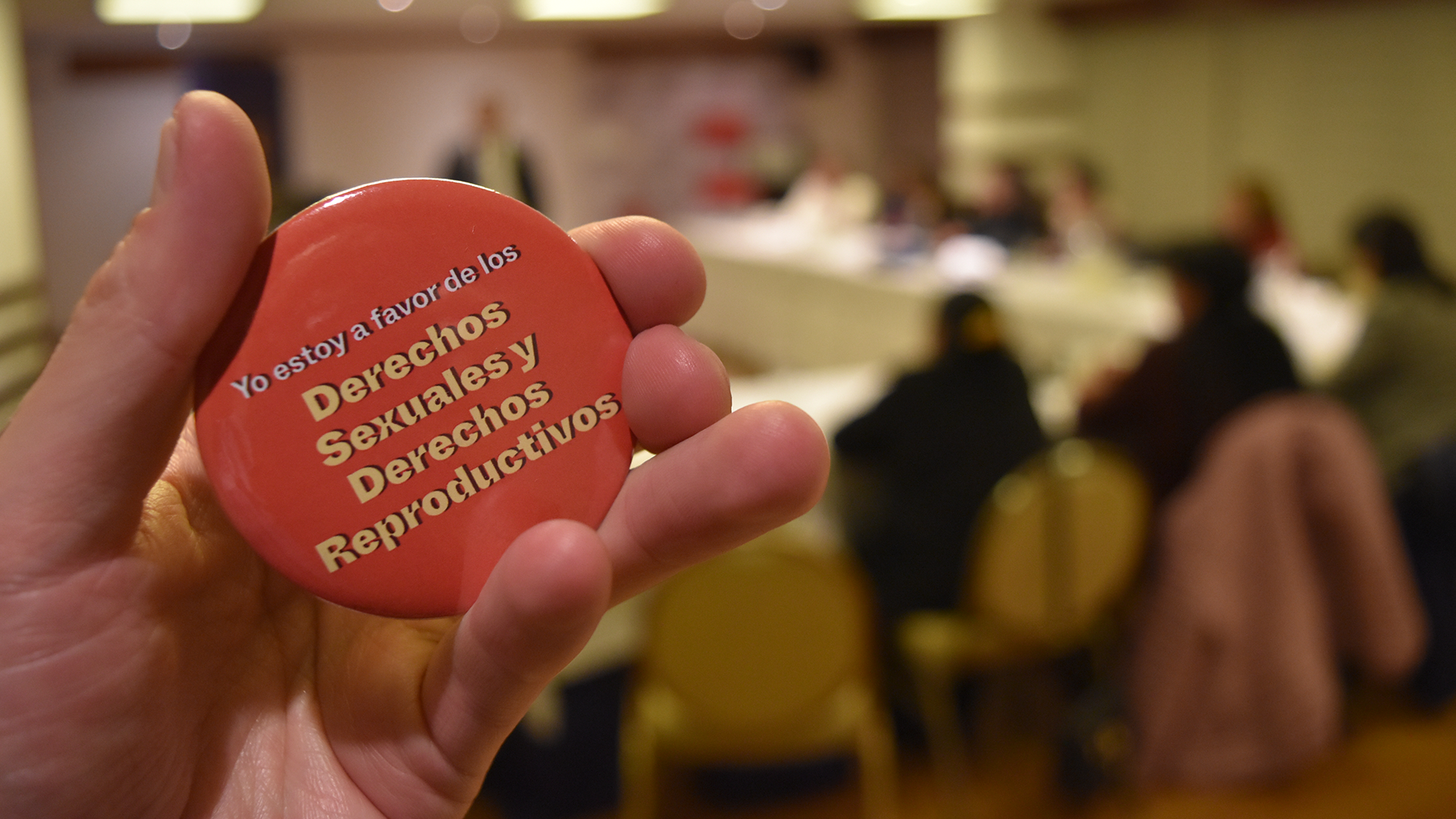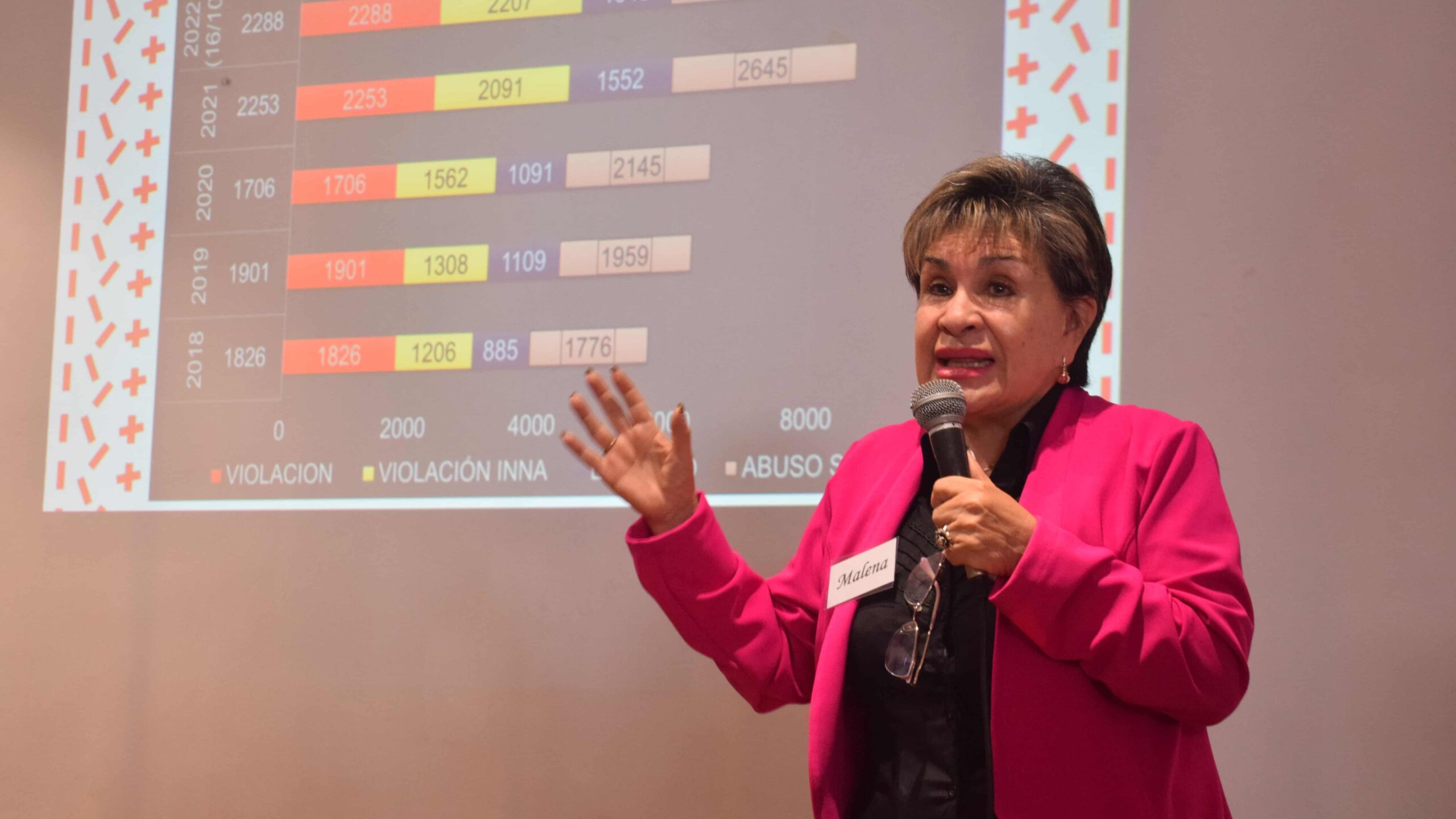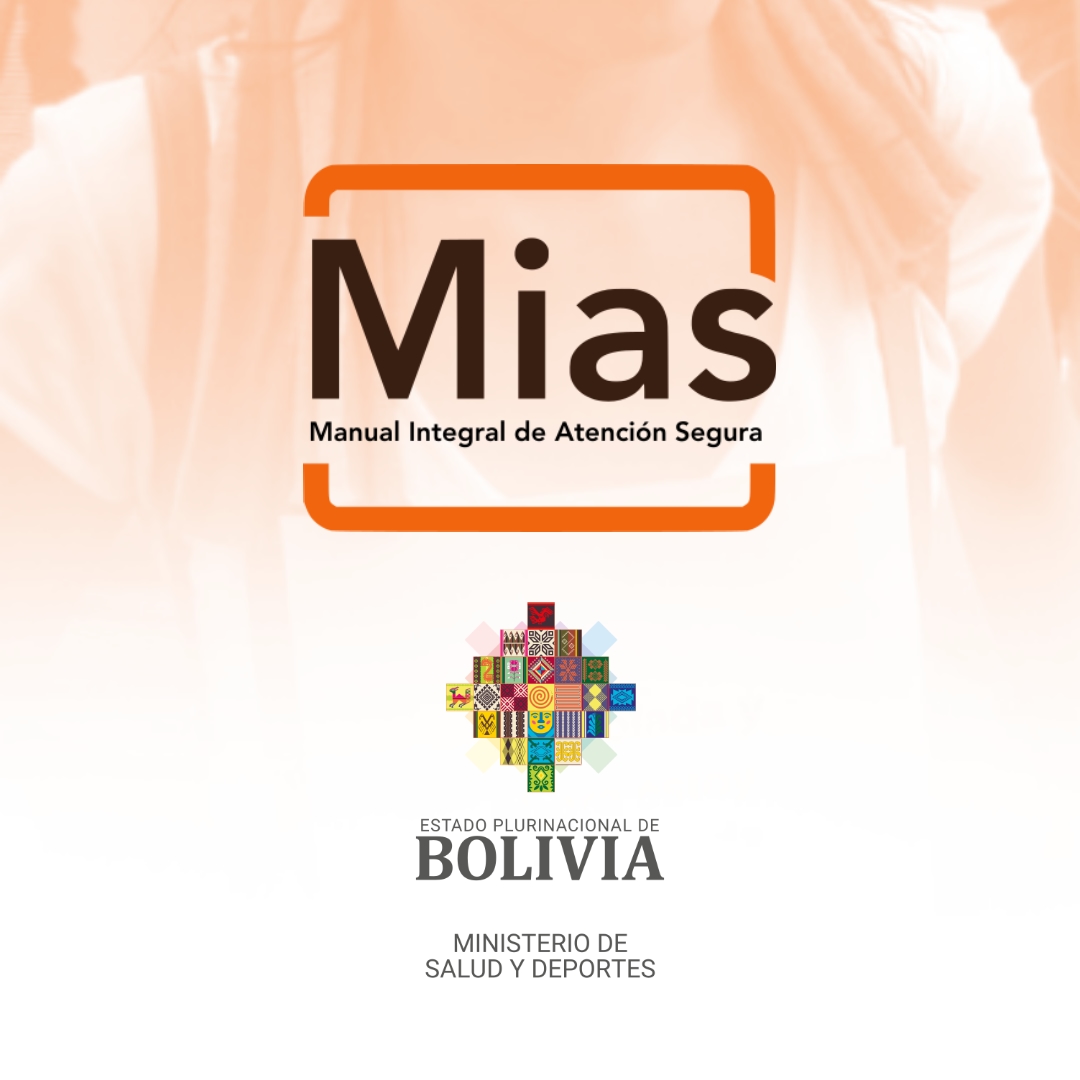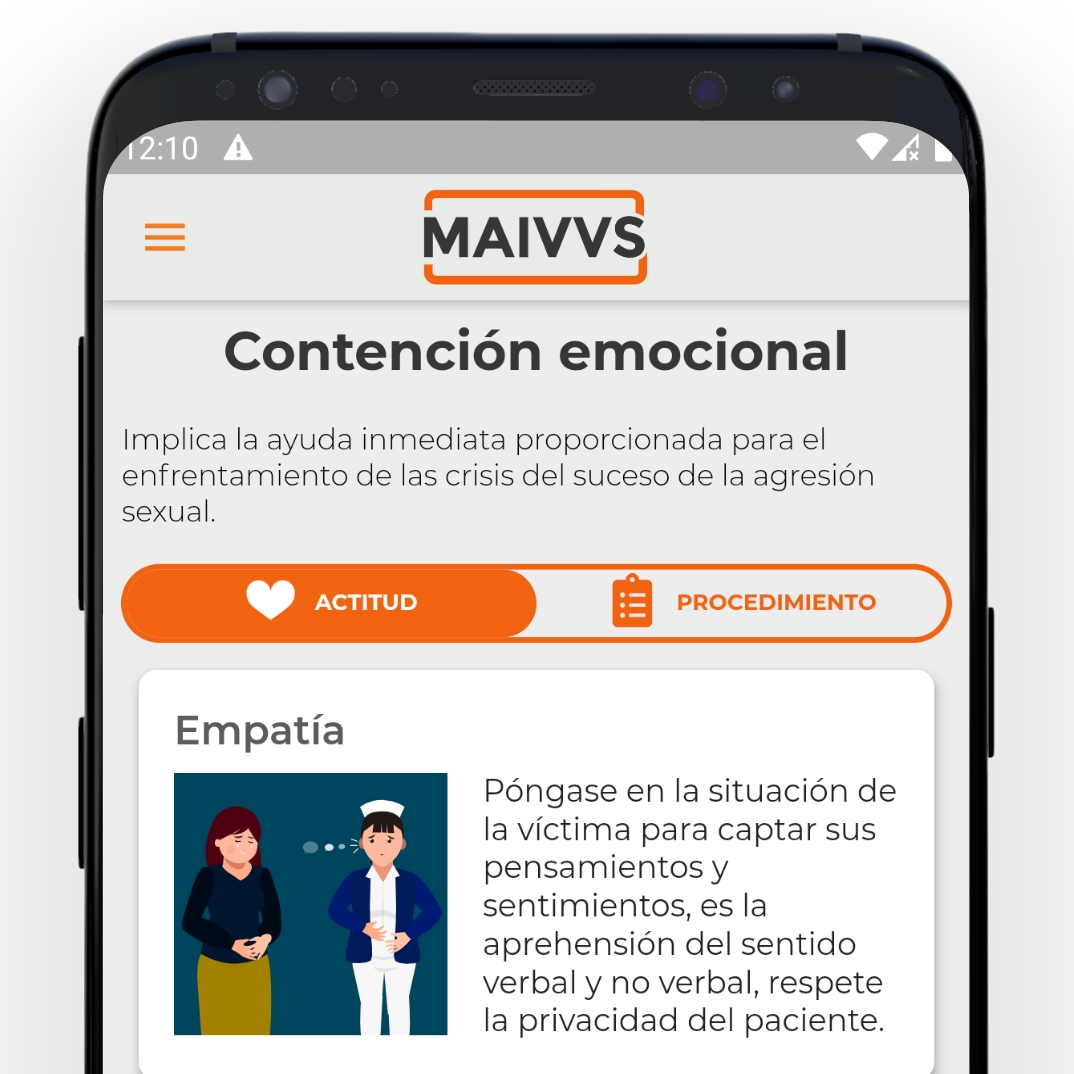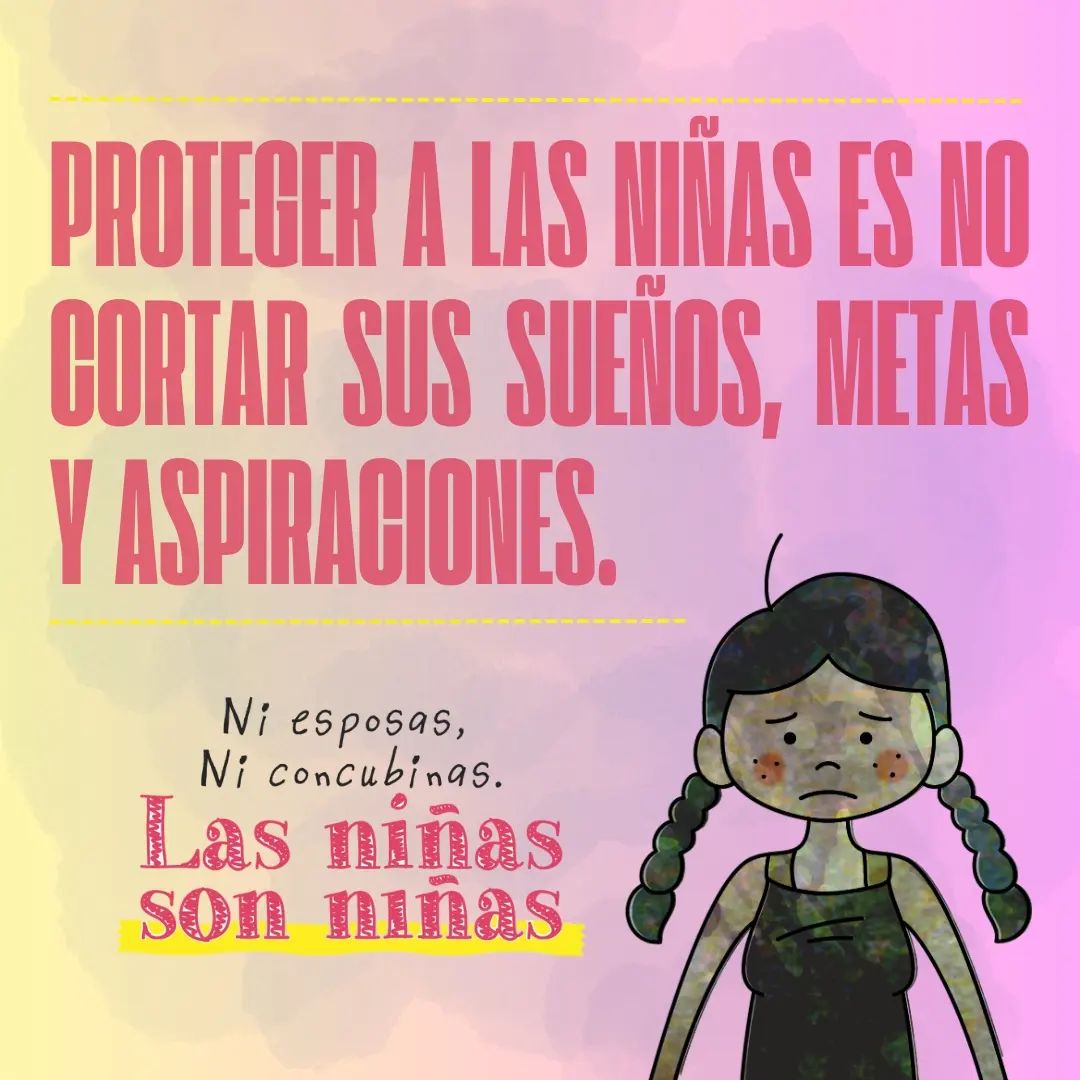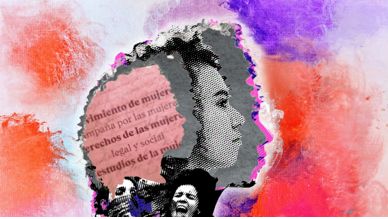In February of this year, Colombia’s constitutional court eliminated the crime of abortion (up to 24 weeks of gestation) from the criminal code, in response to a lawsuit filed by Causa Justa, spearheading a broad social and legal campaign involving more than 120 movements and thousands of activists.
Colombia thus put itself “at the forefront of the region and the world,” according to physician and feminist activist Ana Cristina González, one of the spokespersons for Causa Justa.
The campaign, which was launched in February 2020, “was the result of a national and international political accumulation,” which changed “the public debate on abortion in Colombia,” and became a “collective and articulated movement,” Gonzalez said at a meeting in Montevideo.
Abortion was totally prohibited in Colombia until 2006, when a constitutional court ruling, promoted by several Causa Justa activists, decriminalized it on three grounds: danger to the health or life of the woman, incompatibility of the fetus with extrauterine life, and rape.
The same avant-garde air of Colombia was breathed in Uruguay in 2012, when the country legalized abortion up to 12 weeks. And again it was felt in Argentina in 2020, when Congress adopted a law allowing abortions up to 14 weeks, after a decades-long struggle. The “green tide,” after the color of the legal, safe and free abortion campaign bandanas, inspired and energized the entire region.
Progress in Chile and Mexico
But the frontiers of what is possible continue to stretch in Latin America.
Barely a month after the Colombian ruling, Chile’s constitutional convention – which is drafting a new constitution – approved (by a large majority) an article that enshrines sexual and reproductive rights as fundamental and guaranteed by the state. These rights include abortion.
The article establishes that “all persons are entitled to sexual and reproductive rights [which include, among others] the right to decide freely, autonomously and in an informed manner about one’s own body, about the exercise of sexuality, reproduction, pleasure and contraception”.
Furthermore, it adds, the State shall guarantee the exercise of these rights “without discrimination, with a focus on gender, inclusion and cultural relevance”, and “ensuring to all women and persons with gestational capacity, the conditions for a pregnancy, a voluntary interruption of pregnancy, voluntary and protected childbirth and maternity”.
Abortion was totally banned in Chile by the dictatorship of Augusto Pinochet (1973-1999), and only since 2017 has been allowed in cases of rape, fetal non-viability and risk of life for the woman.
If the new constitution is approved by popular vote in September, Chile could become the first country in the world to give constitutional status to abortion rights.
Last year, Mexico’s supreme court declared unconstitutional the absolute criminalization of abortion and invalidated a federal law that allowed health personnel to refuse to perform abortions on the grounds of “conscientious objection”.
This ruling means that no woman can go to jail for having an abortion, establishes case law and puts pressure on states to legalize abortion.
In fact, seven Mexican states have already legalized voluntary abortion in the first 12 weeks of gestation, five of them in the last year and a half: Mexico City (2007), Oaxaca (2019), Veracruz, Hidalgo, Baja California, Colima (2021) and Sinaloa (2022).
Today we can say that 37% of the population of Latin America and the Caribbean, amounting to 652 million people, live in countries where women have won the right to legal abortion or not to be imprisoned for having an abortion (also including Cuba, Guyana and Puerto Rico). Five years ago the proportion was less than 3%.
None of this would have been possible without activism, feminist networks, mobilizations, the discussion on women’s autonomy.
Moreover, thanks to advances in medicine and feminist innovation, abortion mortality has continued to fall.
Between 2005 and 2012, the rate of treatment for complications from unsafe abortions decreased by one-third, according to the Gutmmacher Institute, which acknowledges that the use of the drug misoprostol “became more common throughout the region” and “appears to have increased the safety of clandestine procedures.”
Feminist innovation? It was Latin American feminists who detected, in the 1990s, that misoprostol was effective and safe for terminating pregnancies. Today, it is a drug recommended by the World Health Organization and adopted by the health systems of many countries.
They were also the ones who established a day of struggle – the Global Day of Action for Access to Safe and Legal Abortion – which today is observed around the world every September 28th.
Much remains to be done
But even with this remarkable progress, millions of people still live with a horrifying reality. Abortion is completely banned in El Salvador, Haiti, Honduras, Nicaragua, the Dominican Republic and Suriname. In El Salvador, women can face sentences of up to 50 years for miscarriage or stillbirth.
In Belize, Bolivia, Brazil, Costa Rica, Ecuador, Guatemala, Panama, Paraguay, Peru and Venezuela, abortion is permitted only in very limited circumstances – usually when the woman’s health or life is at risk. Belize and Bolivia also consider economic and family hardship and, along with Brazil and Panama, rape and severe fetal defects.
Girls and raped women are forced to give birth not only in countries with absolute prohibition, but also in Costa Rica, Guatemala, Paraguay, Peru and Venezuela. In Ecuador, where the parliament approved abortion in cases of rape, President Guillermo Lasso partially vetoed the law.
There is little hope for a relaxation of abortion restrictions in Central America, but the next big change could come in the most populous country, Brazil, with 212 million inhabitants.
There, termination of pregnancy is only allowed in cases of rape, health risk to the woman or anencephaly of the fetus, and the practice is hindered by Jair Bolsonaro’s own ultra-right-wing government, which mobilizes groups of fanatics to harass women and health personnel.
But Brazil will have elections in October, and the current favorite, former president Luiz Inácio Lula da Silva, recently said he agrees to legalize it.
As Gonzalez of Causa Justa said, a democracy is not full when half of the population lacks the freedom to decide about their bodies and their lives – the criminalization of abortion is nothing else.
It is, in short, a struggle for freedom and true democracy.
On the other side of this battle, there are powerful and coordinated attempts to roll back hard-won sexual and reproductive rights, not only in Latin America, but around the world.
This backlash includes international and well-funded networks to misinform and manipulate women and to promote unapproved and potentially dangerous practices, including a “treatment” to “reverse” abortions with drugs – both revealed in openDemocracy research.
There are also armies of well-paid lawyers trained by international conservative groups to litigate or lobby against women’s rights. These are the same groups that drew up a detailed agenda to end the constitutional right to abortion in the US.
It seems increasingly possible that the anti-abortion movement will succeed there and push U.S. women into a terrifying world of backwardness, persecution and clandestine, unsafe abortions – a world in which their Latin American sisters have lived for decades.
But right now the anti-abortionists are losing in Latin America. And we are winning.

